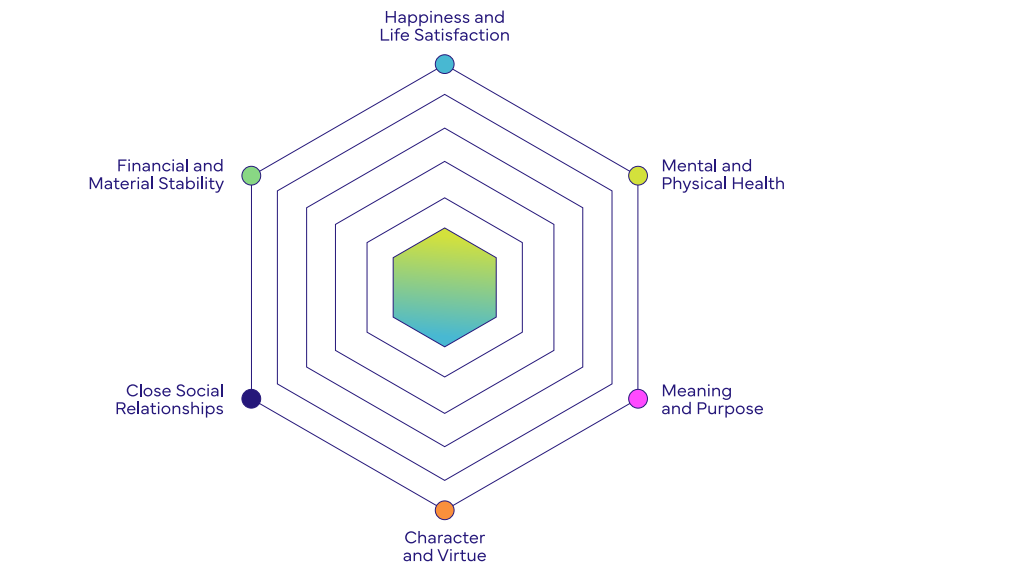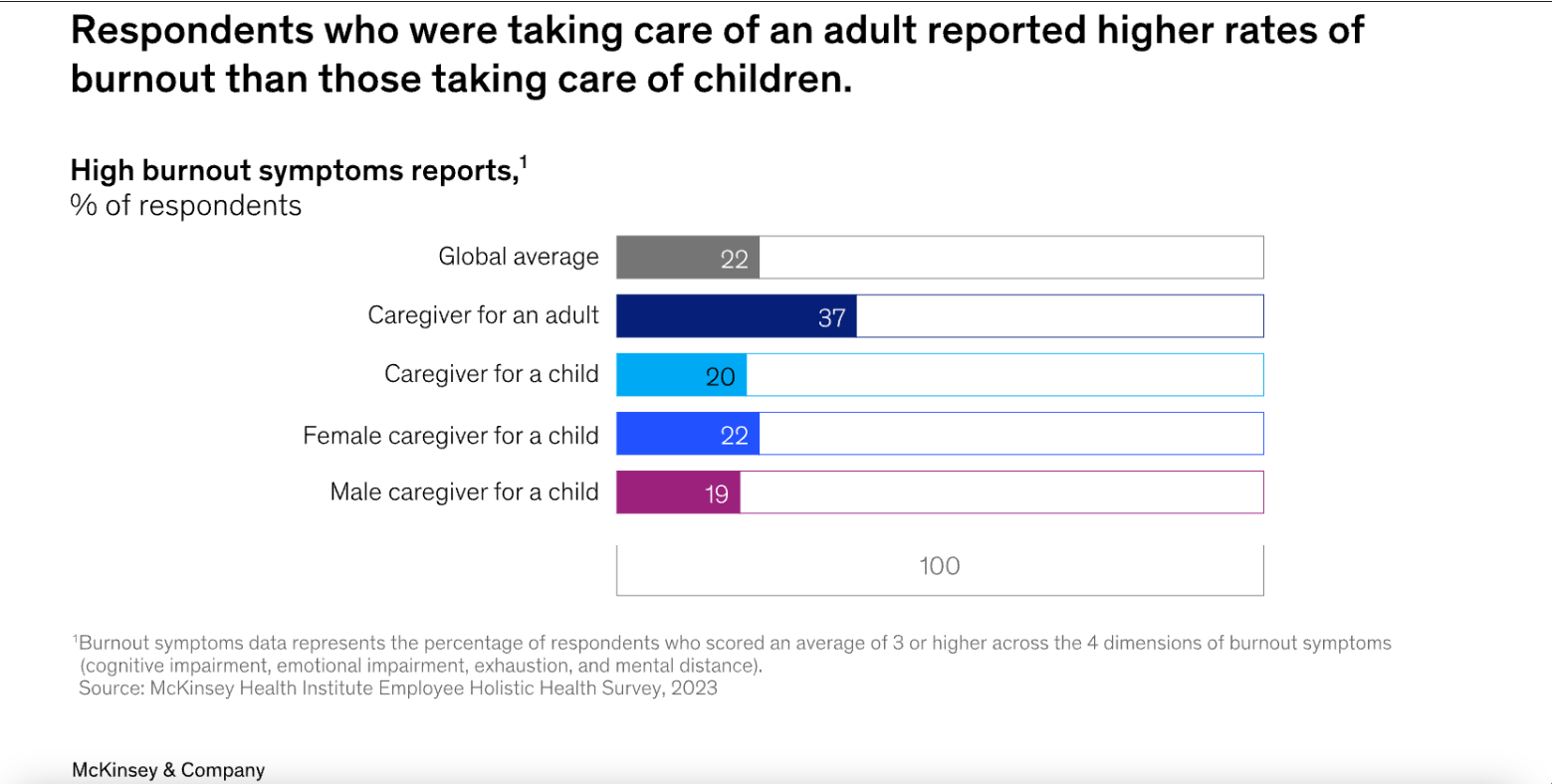How AI Can Transform Human Work: Inspiring Real-World Examples
At MPI, we love tracking emerging ideas that might positively shape how changemakers work and live. A recent Inc. article caught our attention for...


March marks Women’s History Month again, but I am not celebrating. Stories and images of courageous women of the past are everywhere. These women deserve recognition — they fought hard to advance equal rights and access for the majority of the U.S. population who happen to have been born female. Yet in 2016, I find it increasingly difficult to talk about celebrating for one month a year when there are so few signs of positive progress to improve the lives of women. How can we better harness attention, social change innovations, and sustainable economy principles to advance gender equity?
There are a few signs of incremental change that have been widely reported as positive marks of progress:
Progress on gender parity is simply too little and too slow to celebrate. (Or, as the U.N. Secretary-General put it: “unacceptably slow.”)
The gender pay and unpaid labor gaps may be the best-known gender-inequality problems in business, but problems related to attitudes, power, inclusive language, and access to resources persist across business sectors.
Rather than celebrate advancements in the distant past, what is needed is an understanding of the economic, social, and political forces that keep gender inequitable conditions in place and a commitment to challenging and changing them.
There is a robust and growing case for moving aggressively on the gender-equity front. It is well documented that gender-diverse companies show higher profitability while gender-balanced economies are consistently linked with peace and prosperity. (Sources: Bloomberg, UBS and The Economist’s Daily Chart, The glass ceiling index)

The appeal of The Economist’s Glass Ceiling Index lies in its mix of indicators, which include classics such as wage gap and share of women in positions of power, as well as practical family and social support benefits such as child-care costs and paid leave. (The United States, by the way, shows an index of 57 out of 100 for a rank of 19 among developed countries.)
Since 2012, studies of Fortune 1500 companies indicate the number of women on a corporate board correlates with a firm’s sustainability performance, or what is referred to in the investment community as environmental, social, and governance (ESG) performance.

The American Sustainable Business Council’s Working Group for Women decided there has been enough research done, enough talk about why change is needed — it is time for action.
Ten communication and public policy solutions have been identified and prioritized:
The ASBC Working Group for Women is committed to being aware of both personal and systemic gender imbalances and openly talking about them so that we can work together more effectively, men and women, to re-balance in our businesses, our workplaces, and in all parts of society.
Join the ASBC Working Group for Women as we act collectively to harness attention, social change innovations, and sustainable economy principles to advance gender equality.
Photo credit:
Jacqueline Cochran, Women in Science photo stream, Smithsonian Institution Flickr
Pat Heffernan is a board member of American Sustainable Business Council and co-chair of the ASBC Working Group for Women. This blog post is adapted from a post recently published on the ASBC blog.

At MPI, we love tracking emerging ideas that might positively shape how changemakers work and live. A recent Inc. article caught our attention for...

I was thrilled to watch the Global Flourishing Study (GFS) announcement video earlier today, April 30, 2025. This collaborative, multi-year effort...

I am comfortable stating that we all know someone who is either a caregiver or who needs regular care — and I don't like to use the word "all"...